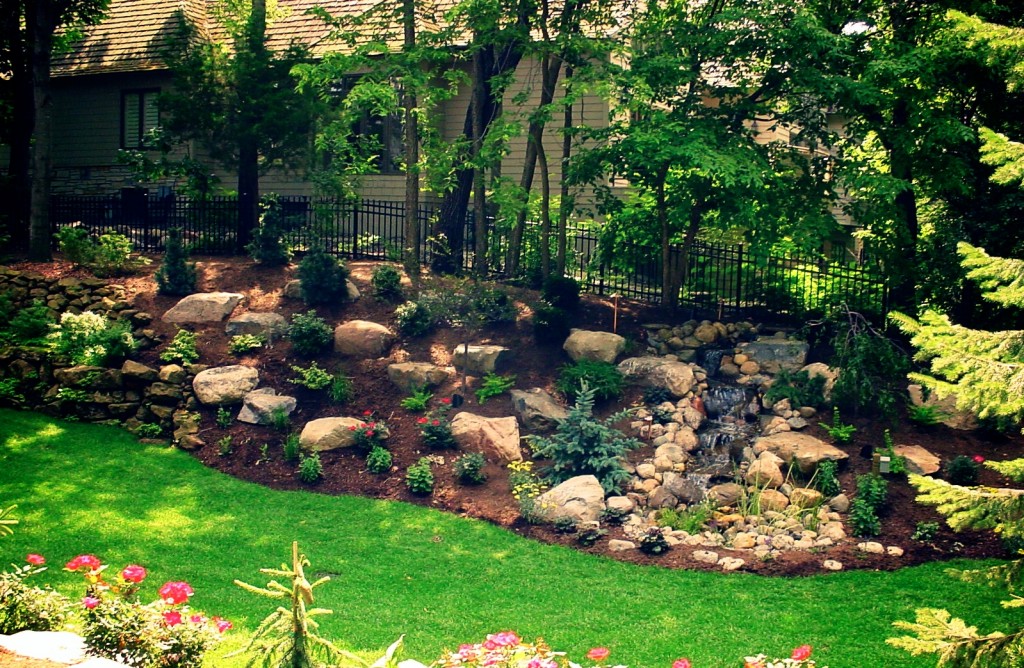
This is one of my favorite times of the year. With all the end of summer activities in full swing, I spend most of my time outside, trying to soak in as much sun before winter as possible.
Unfortunately, these end-of-summer days can do damage to your lawn. If your lawn is anything like mine, it’s starting to look worn. The heat, plus insects, foot traffic, and all those outdoor parties you’ve been throwing can easily leave lawns looking sparse and a little sad.
Fortunately, there are steps you can take to keep your lawn looking healthy and inviting throughout the summer and into fall.
Know your lawn type and geographic location
Before you dive into improving the health of your lawn, it’s important to know what type of grass you are dealing with. It also helps to do a little bit of research and learn about the plant zone that you live in. Knowing your plant zone will help you determine watering, soil and lighting requirements for your area.
Check your lawn and landscaping for signs of stress
Once you have a better idea of what your grass needs based on your plant zone, it’s time to take a look at the condition of your lawn. Watch lawn for areas that are lacking water or being attacked by seasonal bugs or disease. Shade trees, overhangs from your house and other buildings and the shade from you house can help plants that less hardy. Plants that tolerate heat and dry conditions should be planted in direct sun.
Get your soil tested
If you notice that your lawn isn’t growing like your neighbors, there could be many underlying factors. Testing your soil can tell you a lot about what your grass and other plants might be lacking. Improper nutrients, PH levels, and other natural balances could all affect how your yard performs. You soil might also need aerating periodically to bring air into your soil and stimulate growth.
Prevent next spring’s problems now
A lot of problems that lawns face in the spring can be addressed in the late summer. Late summer pests can take a toll on plants that might not show up until next summer. Be vigilant and address any insect problems promptly. There are many pest control options on the market, but chemical-free solutions will always be the safest for you, your family, and the environment.
Choose the right fertilizer for late summer applications
Lawns require different fertilizer based on the time of year or maybe you are trying to build tuft or address a particular problem in a certain area of your lawn. Whatever you are hoping to improve about your lawn, seek advice before buying and spreading fertilizer. Your local nursery should have a variety of fertilizers and will be able to help you select the right one for your needs.
Trim bushes and shrubs
It doesn’t matter if your landscape is neatly manicured or has a more rustic look. Flowers and shrubbery should be trimmed and kept tidy to keep your yard from looking overgrown and unkempt. Never trim more than a third from bushes and shrubs. Bushes and shrubs should be trimmed in late summer, rather than in late fall so that any new growth has time to harden before the harsh cold of winter.
 Contact 612-483-GOAT
Contact 612-483-GOAT